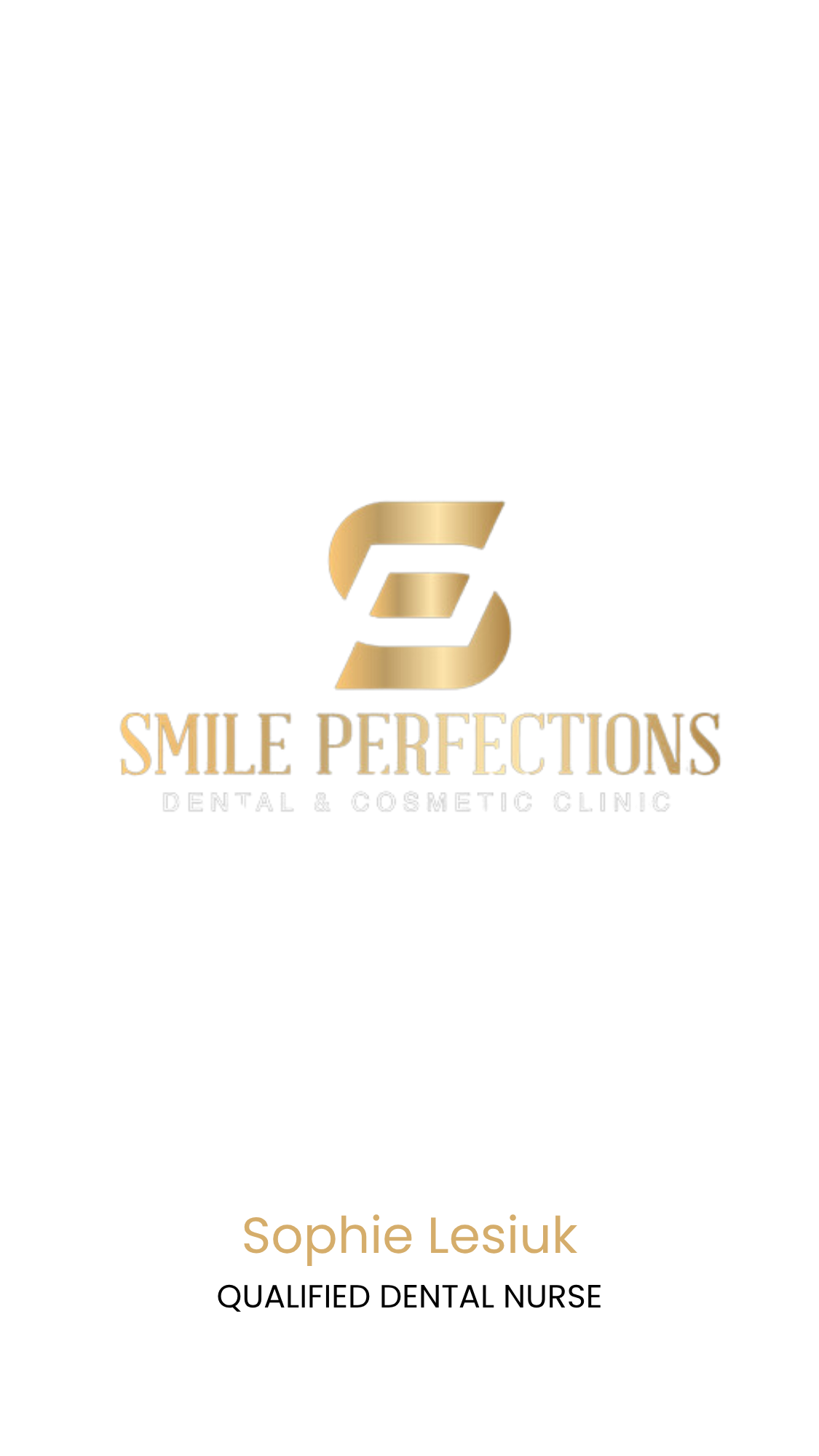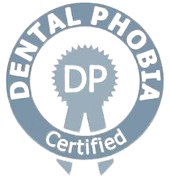Dental Crowns in Oadby, Leicester
Dental crowns are a versatile and reliable solution for restoring the strength, functionality, and appearance of a damaged or weakened tooth. At Smile Perfections, we create custom crowns tailored to your unique smile, ensuring they blend seamlessly with your natural teeth.

Strength & protection
Crowns reinforce damaged teeth, protecting them from further decay or breakage and restoring their strength for everyday use.

Natural appearance
Designed to match your natural teeth in colour, shape, and size, crowns are virtually indistinguishable from your real teeth.

Custom fit
Each crown is custom-made for a perfect fit, providing both comfort and functionality.

Durable solution
With proper care, dental crowns can last for many years, making them a reliable investment in your oral health.
What are dental crowns?
Dental crowns are caps that are placed over a damaged or weakened tooth to restore its shape, size, strength, and appearance. They completely encase the visible portion of the tooth, offering protection and improving its overall functionality. Crowns are crafted from high-quality materials, such as porcelain or ceramic, ensuring they mimic the look and feel of natural teeth.
Crowns are ideal for restoring a tooth after treatments like a root canal or for covering a large filling where the remaining tooth structure needs additional support.
Who is a good candidate for dental crowns?
Dental crowns are an excellent choice if you:
- Have a tooth that is cracked, chipped, or worn down.
- Need to protect a tooth after a root canal.
- Want to cover a tooth with a large filling or extensive decay.
- Are looking to improve the appearance of a misshapen or severely discoloured tooth.
- Need to restore a dental implant to replace a missing tooth.
If you want a solution that offers durability, functionality, and aesthetics, a dental crown could be the right choice for you!
Why are dental crowns important?
Restore tooth functionality
Crowns allow you to chew, bite, and speak comfortably.
Protect damaged teeth
They shield weakened teeth from further damage or decay.
Maintain smile alignment
By restoring a tooth, crowns prevent shifting and misalignment.
Improve your smile
They improve the appearance of damaged or misshapen teeth.

Bringing smiles to life!
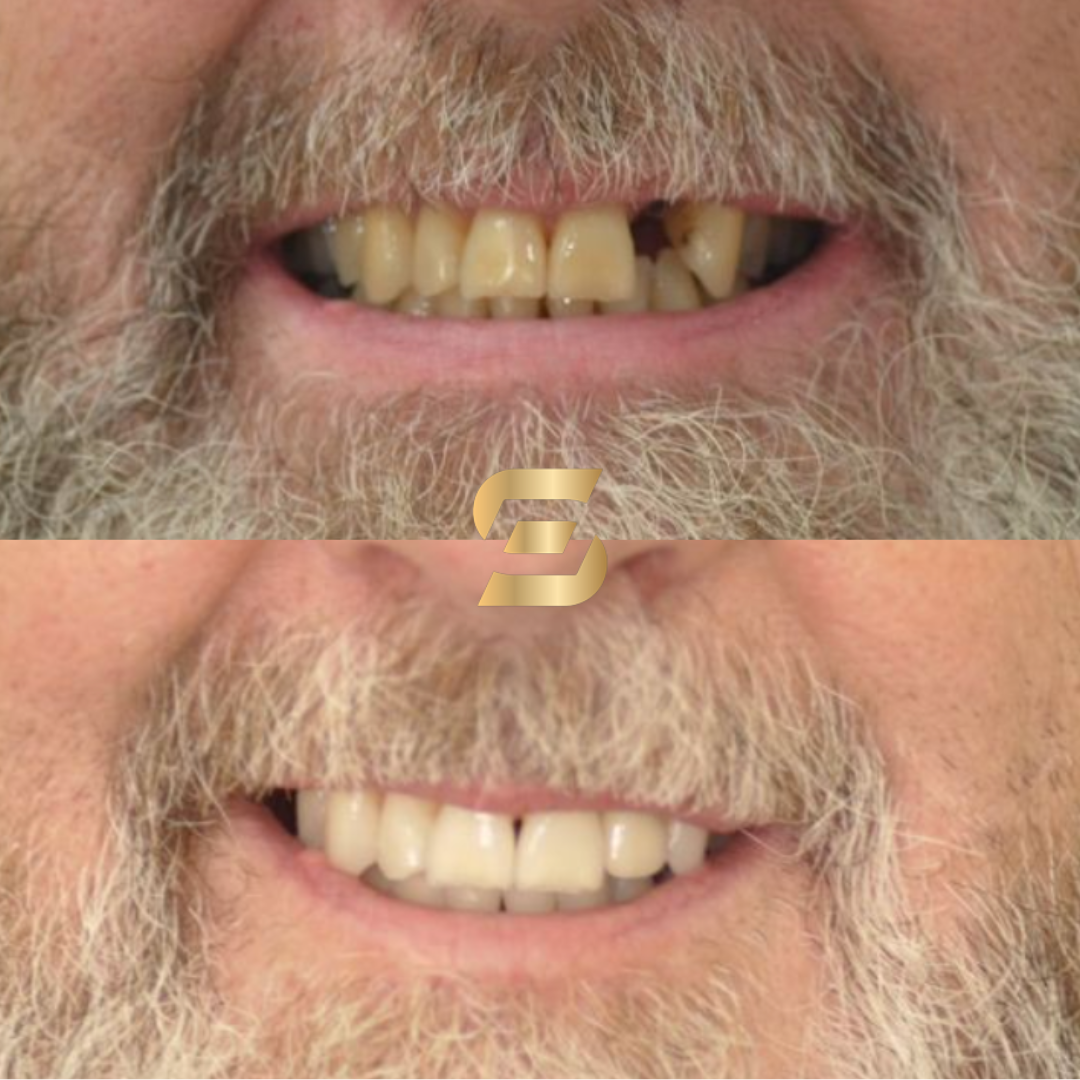
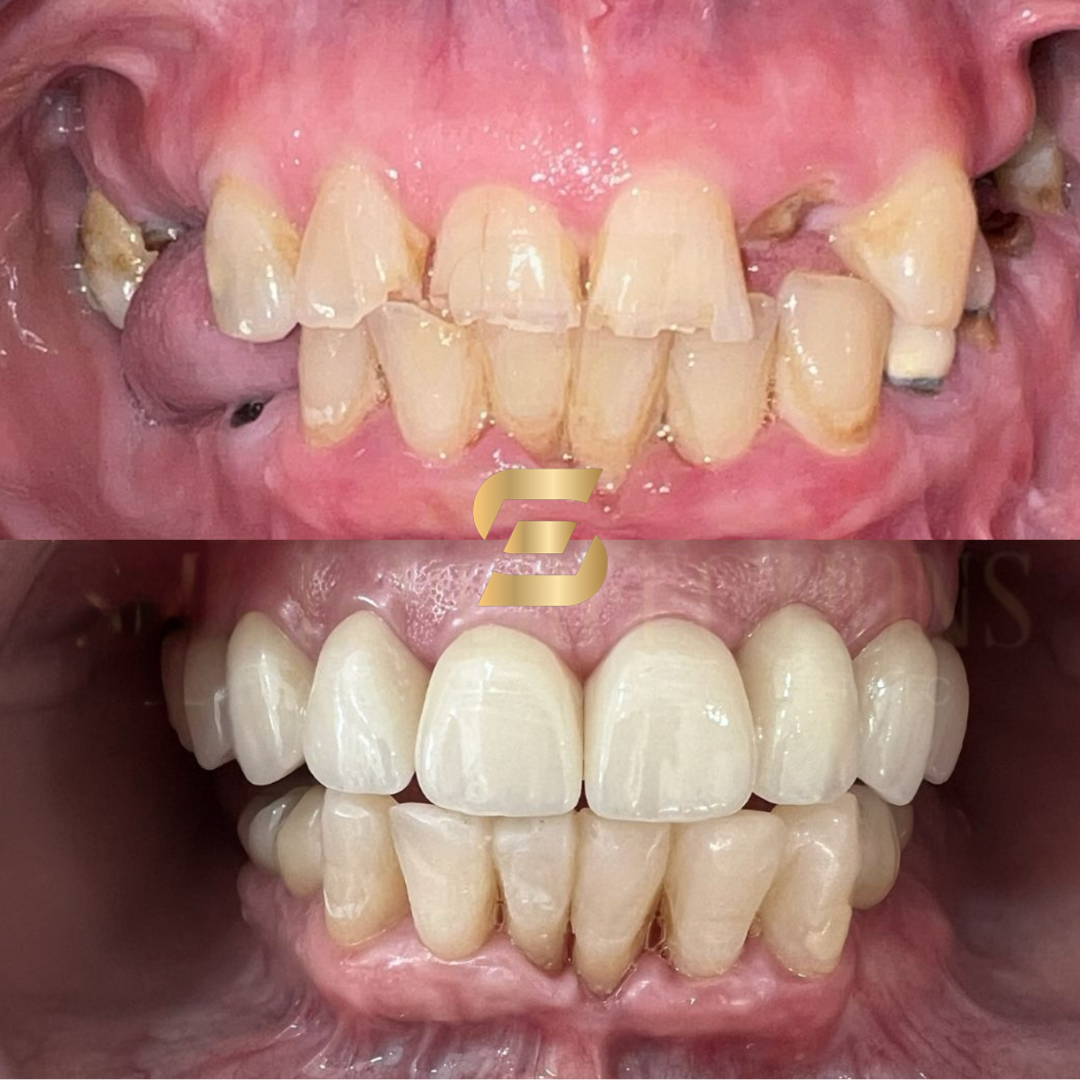
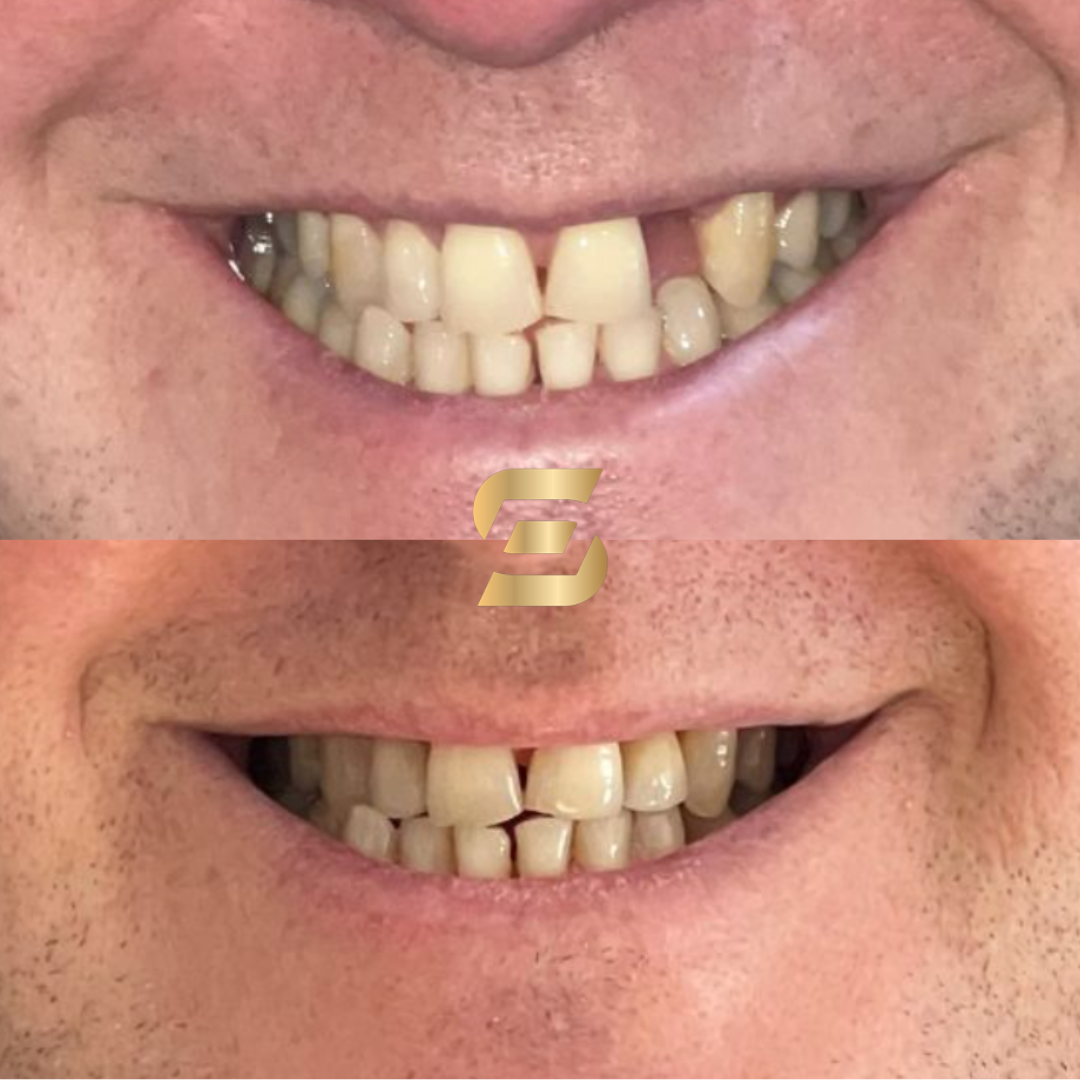
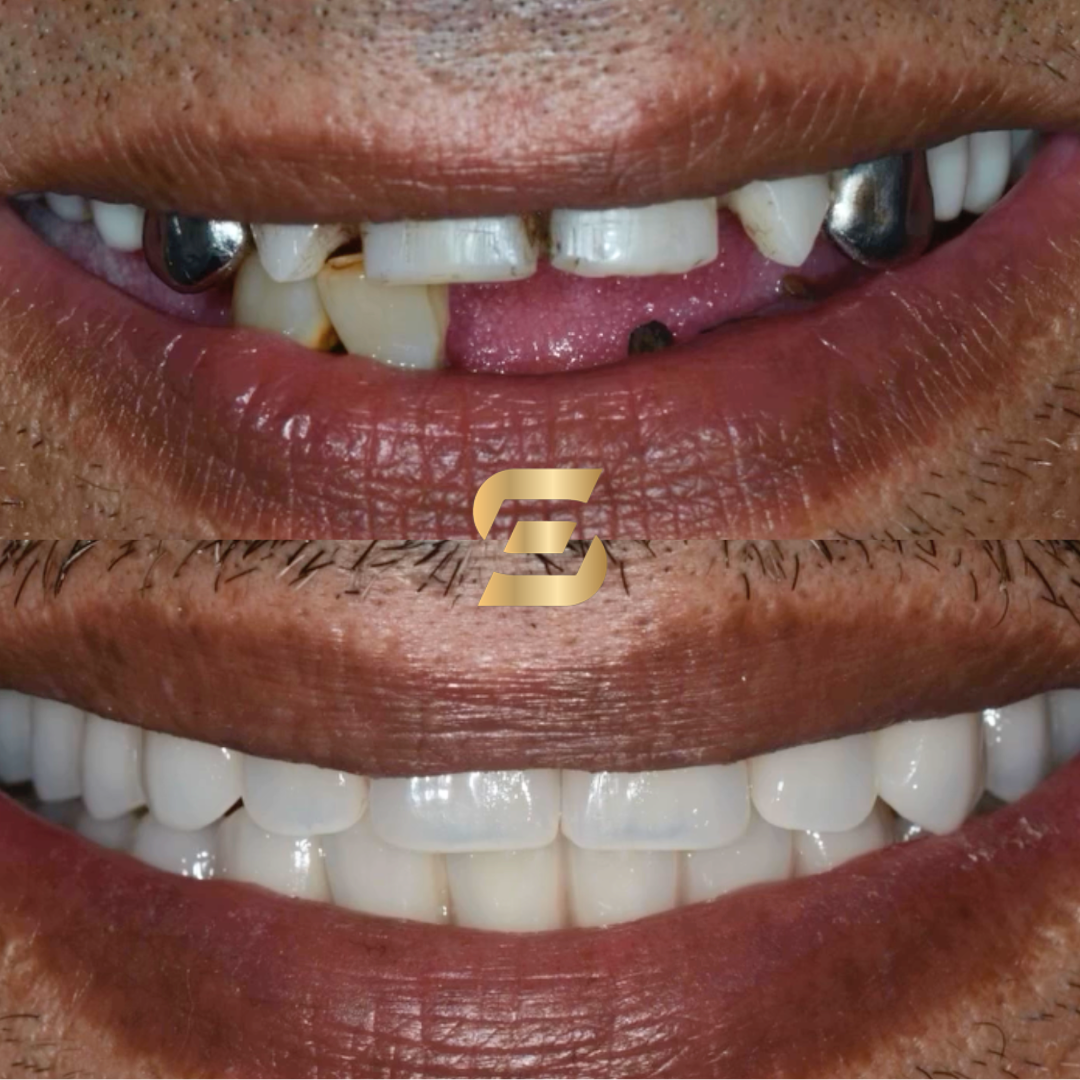
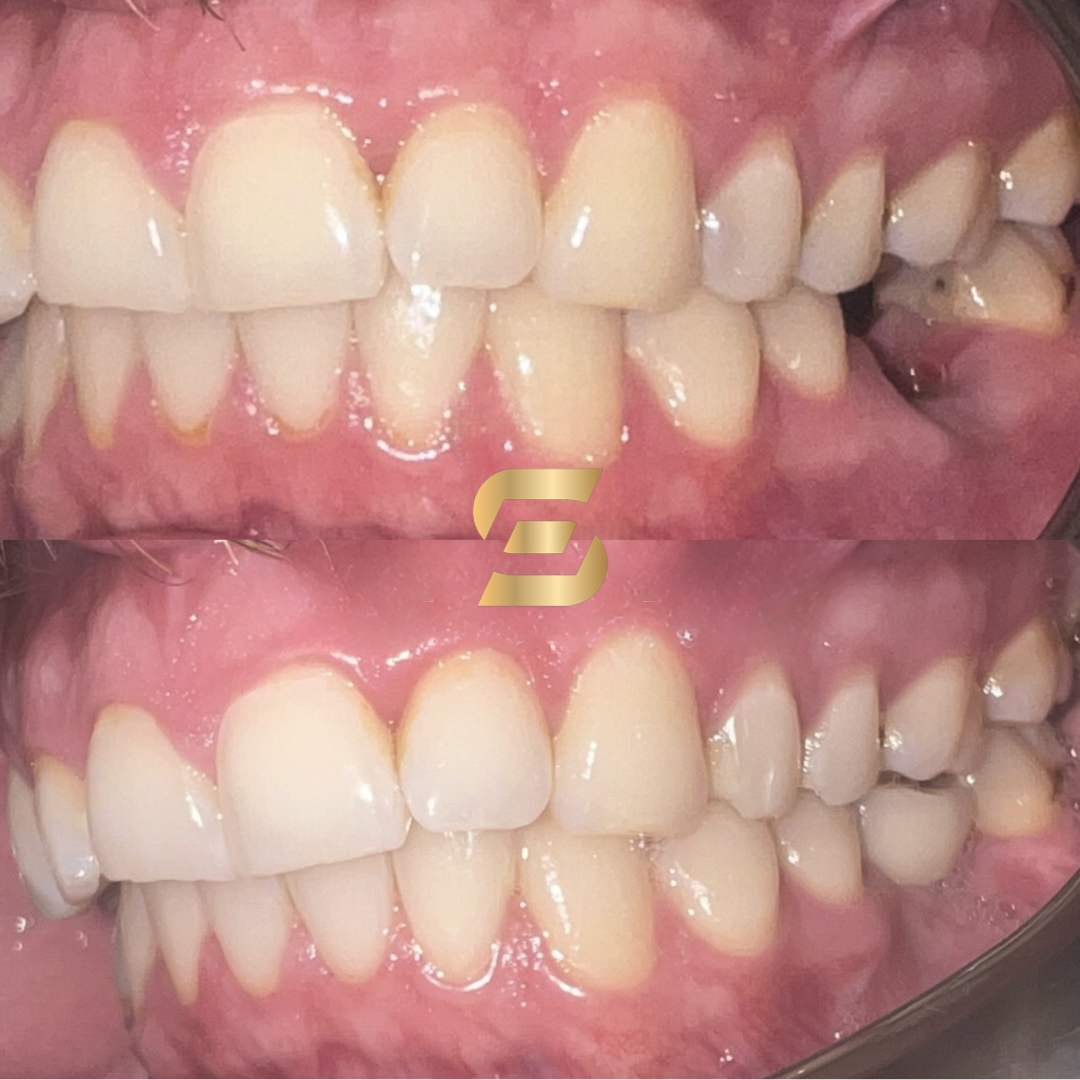




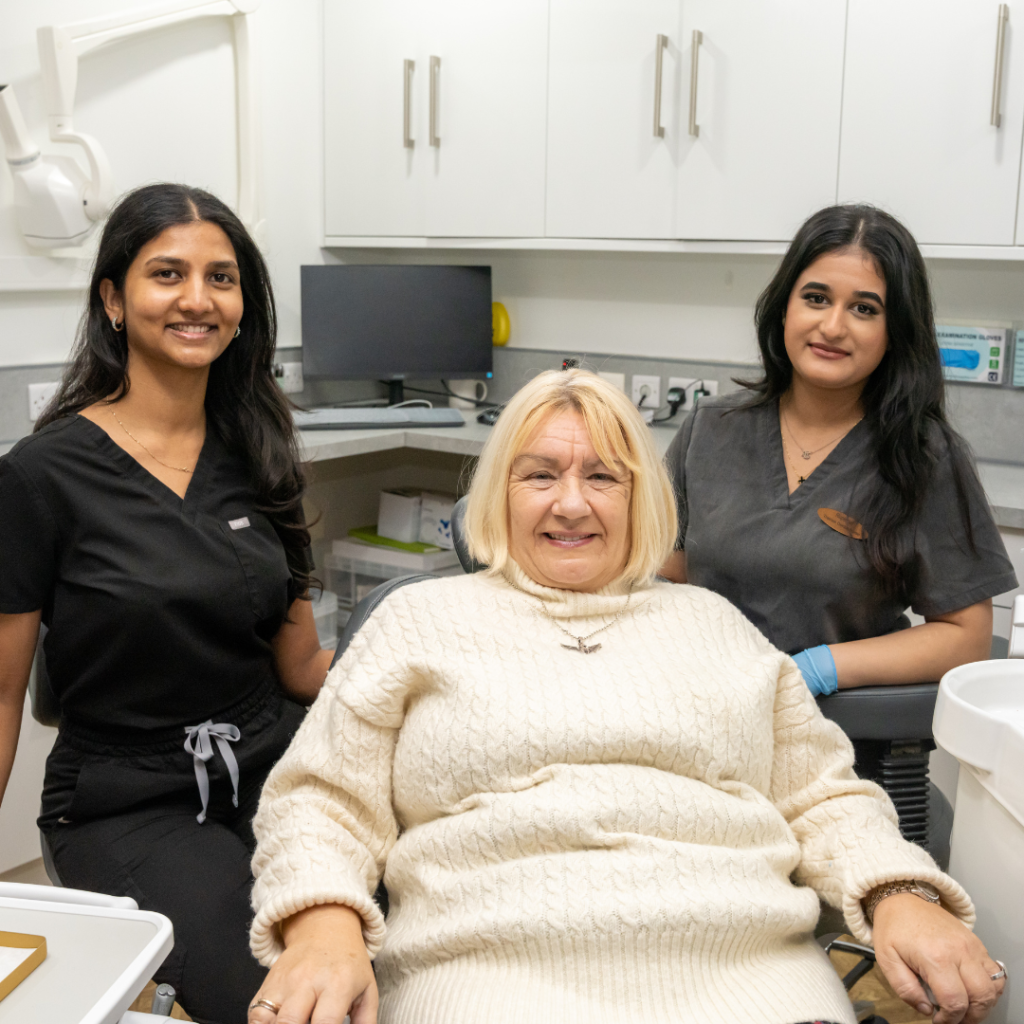
The dental crowns process
what to expect
1. Initial consultation
We begin with a comprehensive examination to assess the condition of your tooth and determine if a crown is the best solution.
2. Preparing the tooth
Your dentist will reshape the tooth to create a secure base for the crown. This ensures a comfortable fit and long-lasting result.
3. Taking impressions
We take precise digital or physical impressions of your tooth to create a custom crown that matches your bite and smile.
4. Temporary crown placement
While your permanent crown is being crafted, a temporary crown is fitted to protect your tooth.
5. Final crown fitting
Once ready, your custom crown is carefully placed and adjusted for a perfect fit, ensuring comfort and functionality.
6. Follow-up care
We’ll check the crown during follow-up visits to ensure it’s functioning perfectly and blends seamlessly with your smile.
Why Smile Perfections offers the best dental crowns in Leicester
A dental crown is a significant step in protecting your oral health, and we’re here to make the process as smooth and comfortable as possible. At Smile Perfections, we combine expertise with a patient-centred approach to deliver exceptional results.
- Custom crowns crafted for a natural look and perfect fit
- Experienced dentists who prioritise your comfort and care
- Advanced materials for durable, long-lasting solutions
- Relaxing environment for a stress-free experience
- Flexible financing options to suit your budget
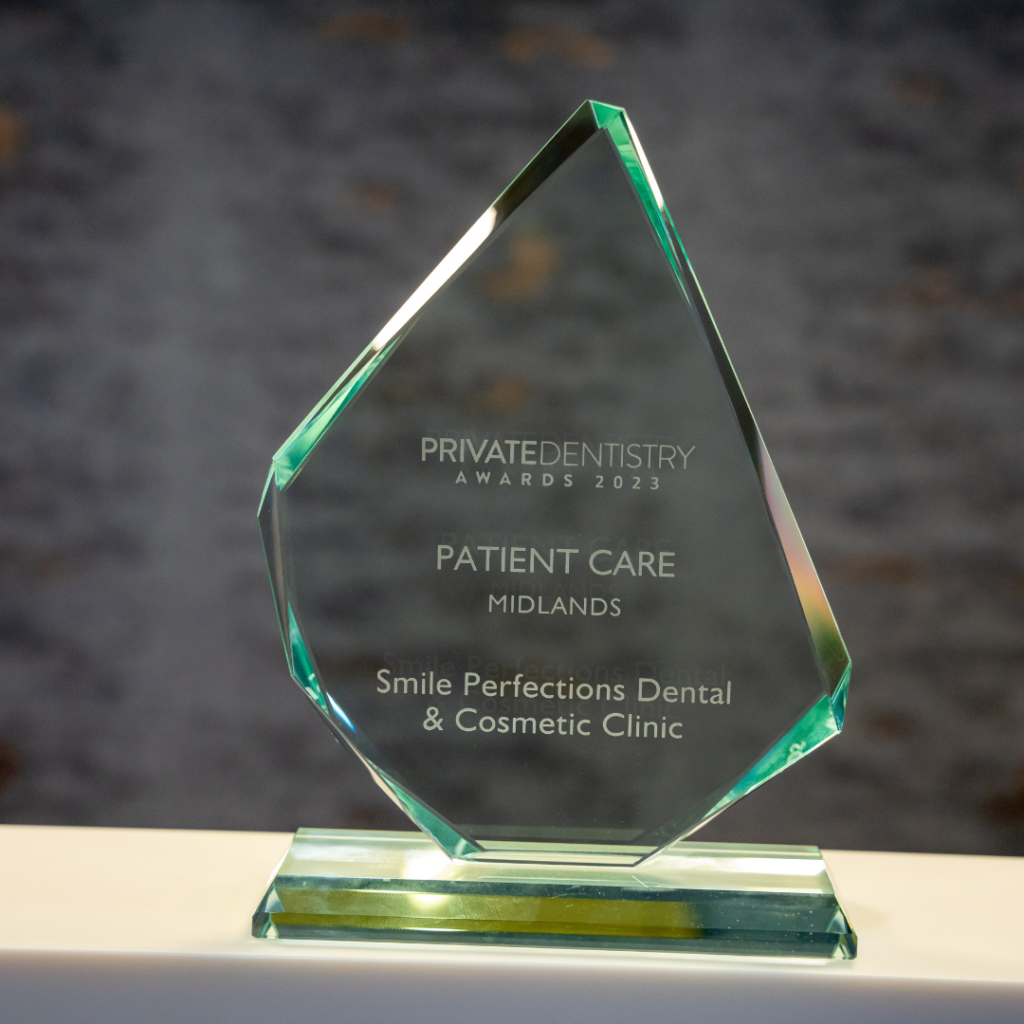
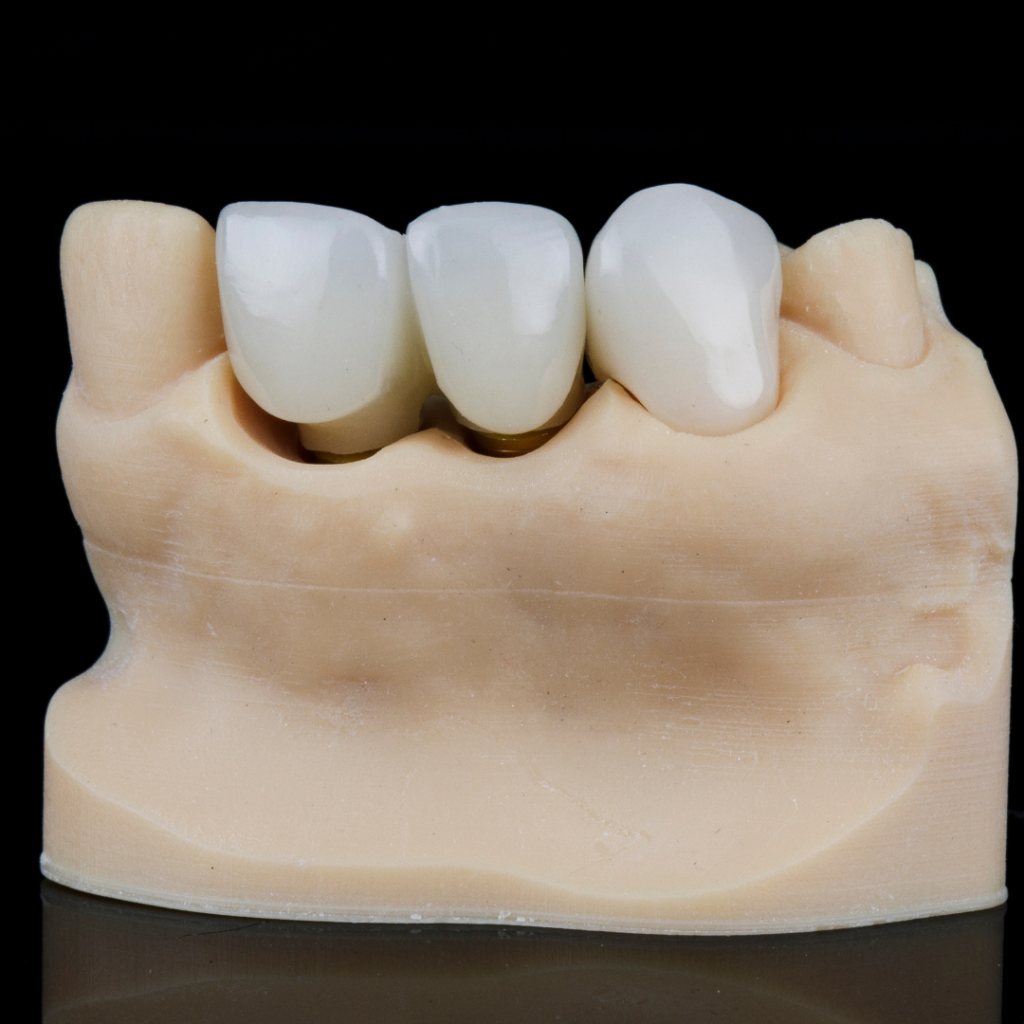
Looking to replace a missing tooth? Dental bridges might be a better option
If your concern is replacing a missing tooth, we also offer dental bridges. These are an effective alternative for filling gaps left by missing teeth. Unlike crowns, which restore individual teeth, bridges use crowns to anchor replacement teeth, providing a fixed, stable solution.
Our team will help you determine whether a crown, bridge, or another option is the best fit for your dental needs.
Have a question?
FAQ
We are here to help you! Find the answers to some of the most asked questions here.
A dental crown is a custom-made cap that covers a damaged, weakened, or misshapen tooth. It restores the tooth’s shape, strength, and appearance. You might need a crown if you have a cracked tooth, a large filling, a tooth weakened by decay, or following a root canal treatment. Crowns are also used to restore dental implants or improve the appearance of a discoloured tooth.
The dental crown procedure typically requires two appointments. During the first visit, your dentist prepares the tooth, takes impressions, and places a temporary crown. The second appointment involves fitting and bonding the permanent crown. The entire process usually takes 1–2 weeks between appointments, depending on the lab’s timeline.
No, the dental crown procedure is not painful. Local anaesthesia is used during the tooth preparation phase to ensure your comfort. You may experience mild sensitivity after the procedure, but this is temporary and can be managed with over-the-counter pain relievers if needed.
To care for your dental crown:
- Brush and floss regularly to maintain oral hygiene.
- Avoid biting on hard objects like ice or pens to prevent damage.
- Visit your dentist for regular check-ups and cleanings.
- Proper care ensures your crown remains in excellent condition for many years.
Yes, a crowned tooth can still get decay, especially at the edges where the crown meets the natural tooth. It’s important to maintain good oral hygiene, including brushing, flossing, and regular dental visits, to protect the tooth and surrounding gum tissue from decay.
Dental crowns can last 10–15 years or longer with proper care. Factors like oral hygiene, diet, and habits such as teeth grinding can affect their lifespan. Regular dental check-ups help ensure your crown remains in good condition.






